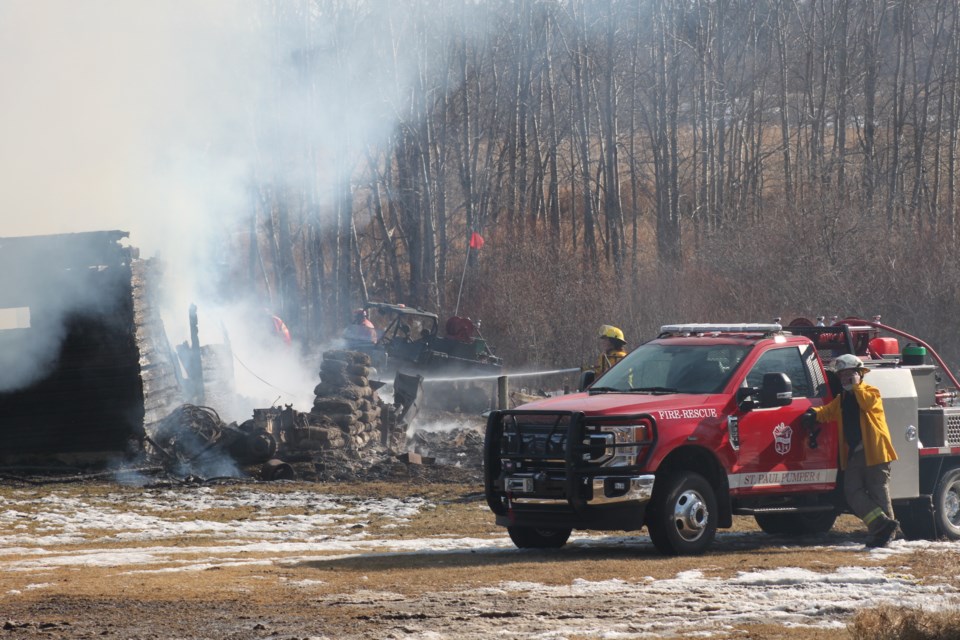“In my eyes, I think that our ratepayers, they shouldn’t have to pay for it. They are already paying their taxes and I think that’s one thing that should come with their taxes is the fire (protection),” Coun. Dale Hedrick said Tuesday, suggesting charging “$10 across the board” on every property owner’s tax bill might be worth considering.
“I think everybody sees a little bit of smoke and they’ve got to phone and then people are paying the cost of it. Something has to change,” Coun. Kevin Wirsta said, speaking of an incident on his own farm last week where somebody else, not him, called the fire department when they saw smoke on his land. He said he had everything in order, including a fire permit and a fire guard and fire response was not needed. “There was no negligence on our part,” asking why he, as the landowner holding the permit, didn’t get a call before the fire crew responded.
By Friday, council came together to approve all three readings to the new Fee Schedule Bylaw which outlines what county landowners will pay for the fire department responding to a call for assistance on their land. The most significant change is the move not to charge for the first two hours on scene and any time over two hours will be charged out at half of what was previously approved last fall, to a maximum billing of $5,000.
Last year, council adopted the Alberta Transportation fees of $630 per unit per hour for fire response from the moment equipment left the fire hall. With Friday’s decision, landowners will be charged $315 per piece of equipment per hour after two hours on scene.
A landowner who chooses to do open burning with no permit or intentionally burns during a fire ban, will face a one-hour minimum charge of $630 plus any additional time spent on scene by the department. In this instance, they will be charged from the time the fire equipment leaves the hall until the equipment is back in service.
On false alarms, the first response will be no charge, second response will cost the landowner $100 and will increase another $100 after that per false alarm, with a reset each calendar year.
Councillors have been divided on the fire rate issue as one meeting after another has seen landowners challenge what they see as exorbitant fire invoices from the County and have requested fee reductions.
One of those is Gary Proskiw. Following Friday’s decision, he said he’s not sure how, if at all, it will impact the fire invoice of $6,670 he received after the St. Paul department responded to a fire on his land on March 18.
He challenged the bill at Tuesday’s meeting saying he was there “to contest my bill and any other bill that a taxpayer received to put out a fire on their property since January. As taxpayers, we collectively pay out taxes knowing that a portion of it goes to paying for a fully-functional and fully-operational fire department and it will be there when we need it without individually having to pay the full cost of it.”
On Friday, Proskiw said even with council’s decision to lower fire response rates, he still doesn’t believe landowners should be charged for regular fire response over and above their tax dollars. So, for him at least, the issue hasn’t be resolved and he encouraged County taxpayers to raise it with their elected representatives.
Last year, the County collected $66,000 in fees from property owners in the County for fire calls.
The County jointly funds the Town of St. Paul and Town of Elk Point fire departments and fully funds the Ashmont and Mallaig departments. The 2021 municipal budget line for fire protection is $883,680. Each year the County allocates $136,000 to reserves for replacement of large fire equipment.



